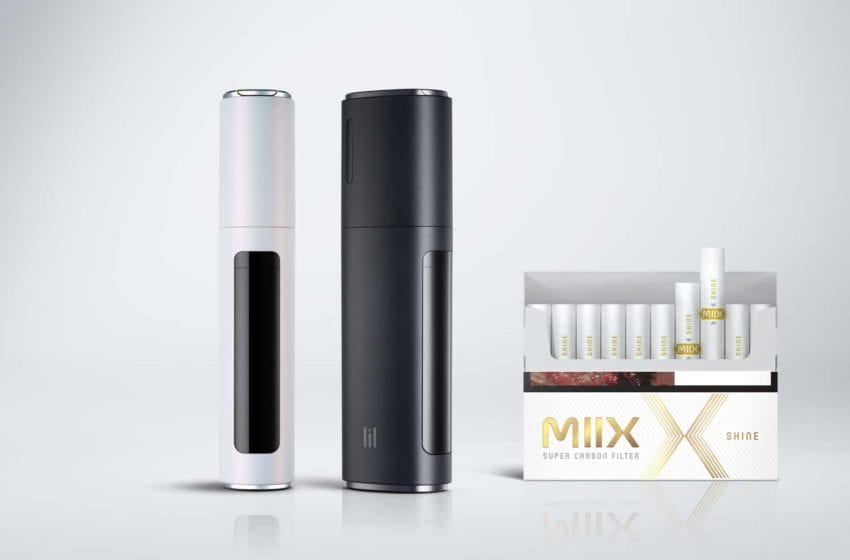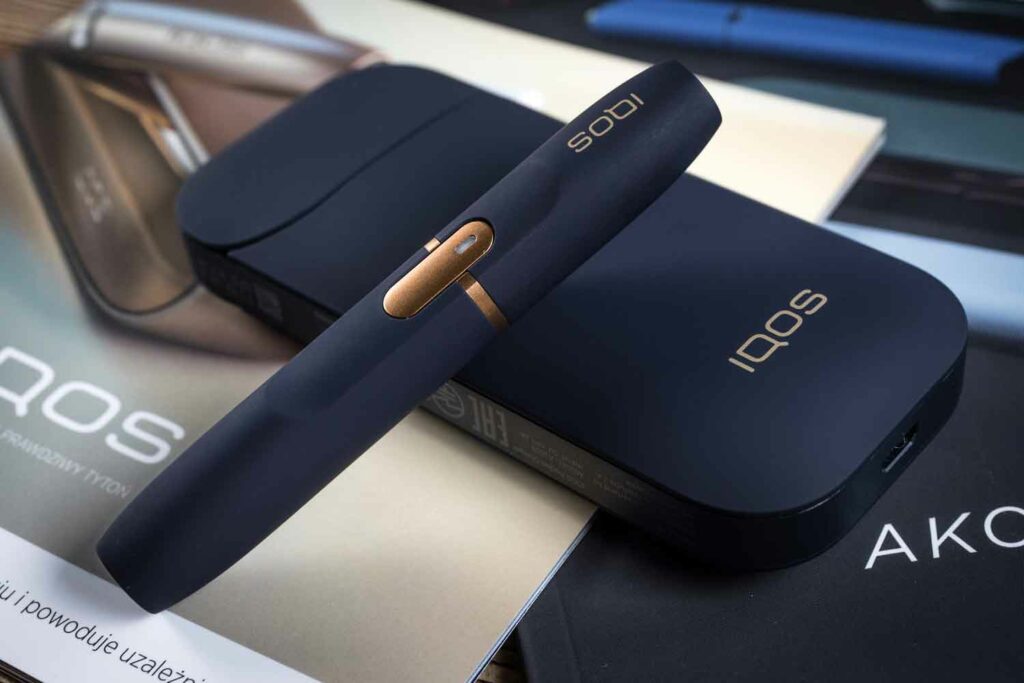Designing effective heated-tobacco products
By Malcom Saxton
Heated-tobacco products (HTPs) heat tobacco to a high temperature without combusting it. Intended as a tobacco harm reduction tool, good product design is a key aspect in encouraging HTP adoption among adult smokers looking to quit combustible cigarettes. Here, Malcolm Saxton, senior consultant for chemistry at Broughton, which operates a dedicated HTP testing and compliance facility, shares advice on designing an appealing HTP.
Although a small number of brands currently dominate the HTP market, more businesses are working to bring competitive HTPs to adult smokers by investing in research, development and marketing. For example, in 2023, Japan Tobacco announced that it would invest ¥300 billion ($2.05 billion) in HTPs, with ¥200 billion allocated for marketing internationally.
Manufacturers can create effective and competitive products by investing heavily in device design—carefully scrutinizing the product’s design requirements, its capabilities and understanding how it will achieve the desired results for target users.
Concept and Engineering
One of the first steps in designing an HTP is creating a target product profile (TPP), which outlines the desired characteristics or “profile” of the product. According to the World Health Organization, TPPs “state intended use, target populations and other desired attributes of productions, including safety and efficacy-related characteristics.” Usually, manufacturers will have a vision of what they want their HTP to look like. While some may try to emulate market-leading products, others will opt for very different flavors, form factors and aesthetics.
A growing trend in device design is personalization, with some brands launching limited edition products and providing colored panels to personalize their HTPs. Also, Bluetooth connectivity is now standard on many products, such as the latest Glo Hyper Pro, which also has an LED display and can provide real-time feedback. Another notable improvement has been reduced consumable warm-up time, which promises a more effective user experience by making the device faster to use.
Due to the complexity, cost and time associated with designing HTPs, many manufacturers choose to work with third-party specialists. These expert partners can frame what an ideal finished product will look like and help manufacturers build a TPP that meets both user and market needs. Then, once the manufacturer and partner have agreed upon the TPP, these specialists help turn this vision into actionable targets and design parameters.
When working toward the TPP, design considerations include the HTP’s thermal design and heating profile. During the heating process, the water in aerosol is distilled off, but unless the hot water is managed effectively, the first puff will be steam—a situation called “hot puff,” which can be dangerous for users. Consequently, manufacturers can design the device airflow to minimize the risk of hot puff by adding a preheating function to drive off the water before the user takes a puff. Another option is adding ventilation capabilities to the stick, which cools the water by drawing in air.
Iterative Testing
In these early stages of product realization, it’s important to capture as much data about the HTP’s design and its performance as possible. Regular, iterative tests are essential and so are short development cycles so that manufacturers can quickly capture the data, identify areas for design optimization and make the necessary changes.
While it’s important to test multiple parameters, manufacturers must be selective with these to avoid costly delays. Some of the key parameters include total particulate matter, the amount of nicotine that the HTP delivers and the presence of a visible cloud upon inhale and exhale. This iterative stage is also a good opportunity to assess toxicological touchpoints, such as combustion markers, and whether the product meets regulatory requirements. Consequently, iterative testing allows manufacturers to understand their product’s suitability from a consumer and regulatory standpoint.
Toxicological Considerations
Although HTPs aim to offer smokers a less harmful alternative to combustible cigarettes, these products still carry a toxicological risk, which manufacturers must manage during the design process.
Data from the Philip Morris International Scientific Update reports that, on average, there were 90 percent to 95 percent lower levels of harmful and potentially harmful constituents (HPHCs) in the aerosol of IQOS compared with combustible 3R4F cigarettes. However, manufacturers should treat toxicology with caution, with a WHO report noting that “some HTPs may emit unique harmful chemicals because of their distinctive characteristics and how they are used.”
The choice of tobacco and blend is an important toxicological influence. Tobacco-specific nitrosamine—a carcinogen found on tobacco leaves—can form during the curing phase and, depending on the nitrate levels, when the device stick is heated. Therefore, it’s important to control the blend as early as possible in the development cycle, and working with an analytical testing partner can help manufacturers understand the toxicological impact of different blends.
For a detailed understanding of toxicological risk, manufacturers can evaluate aerosol chemistry. Priority toxicant lists for cigarettes have been developed by a number of organizations, including the U.S. Food and Drug Administration, Health Canada and the WHO Study Group on Tobacco Product Regulation (TobReg). The most widely accepted list of HPHCs to test in the aerosol of HTPs, both for regulatory submission and for producing evidence of potential harm reduction, is the PMI58, a list developed specifically by Philip Morris International to focus on analytes most relevant to IQOS and, more generally, HTPs.
Preparing for Market
Building a strong picture of the target market can help manufacturers understand the regulatory requirements and ensure that these are built into their HTPs. Aerosol testing requirements will vary according to the regulatory framework being followed. At the most basic, the European Union and U.K. require a minimum of tar (nicotine-free dry particulate matter), nicotine and carbon monoxide to be measured. While with the far more rigorous requirements of a premarket tobacco product application, required for launch into the U.S., where a full understanding of aerosol chemistry and, more generally, the understanding of the product’s appropriateness for the protection of public health is required.
Whichever regulatory pathway the manufacturer follows, experts, including analytical chemists, toxicologists and clinical scientists, must design testing protocols that include all the relevant parameters for regulatory approval.
As investment in HTPs grows, manufacturers will continue to innovate and develop new designs to meet user needs. This means developing products that are both effective and comfortable to use so that smokers adopt them as smoking cessation tools. Working with an experienced partner can make the design process easier by creating an achievable TPP and helping them get the product to market.
























